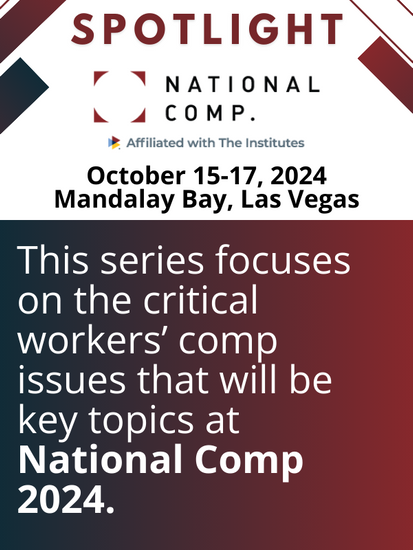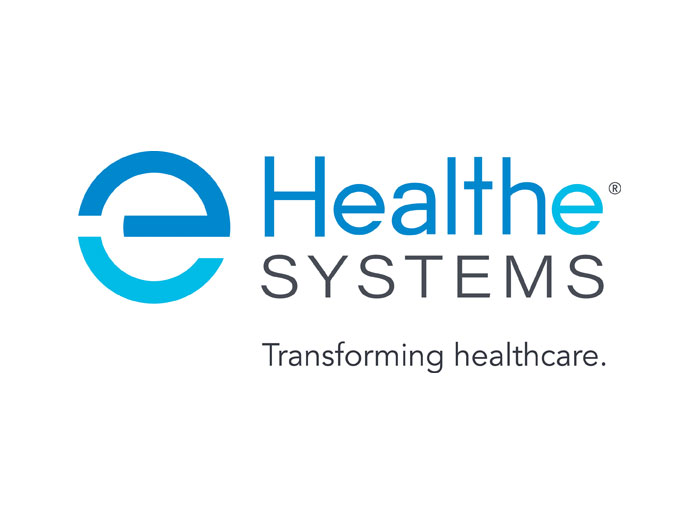How a Post-Pandemic Surge in Workplace Violence Has Sparked an Urgent Need for Prevention Strategies

Workplace violence, once a rarity, has risen in the post-pandemic years, sparking new conversation among workers’ compensation professionals about methods to prevent these incidents before they become difficult-to-contain, complex claims.
 “There is a relative rise with respect to all types of casualty losses that we’re seeing in the industry. We’ve seen it in about every data source that’s available,” said Gregory McKenna, Gallagher Bassett national practice leader for the public sector.
“There is a relative rise with respect to all types of casualty losses that we’re seeing in the industry. We’ve seen it in about every data source that’s available,” said Gregory McKenna, Gallagher Bassett national practice leader for the public sector.
Gallagher Bassett partnered with the Wall Street Journal last year on a topic specific to the rise of violence against teachers at the hands of their own students, finding troubling trends among this population of public sector workers.
“We did our own data retrospective pre and post pandemic, working with a reporter, and we saw significant increases in frequency, severity and complexity of those claims — upwards of 26% over a like pool of schools and exposure bases, giving us some confidence that were are in fact seeing this rise, going from the point of one in five casualty claims against teachers pre-pandemic to one in four.”
Educators are not the only job class where this trend was observed.
The latest Injury Facts® data analysis from the National Safety Council (NSC) indicates that “in 2021-22, assaults resulted in 57,610 injuries. In 2022, 525 fatalities due to assault were reported.” NSC noted assaults are now the fifth leading cause of death in the workplace.
“[NSC] now subcategorize[s] workplace violence beyond fatalities into things like attempted rape, arson, assault, et cetera. These types of violence normally relegated to felony reports are now being recordable, so this is a very disturbing trend,” said McKenna.
The Bureau of Labor Statistics’ latest data, from 2020, indicates that sales is far and away the highest risk occupation for murder on the job, followed by transportation. For nonfatal violent incidents, service jobs are the highest risk, followed by health care. In addition to the very real human toll, this level of violence costs the economy $400 billion in terms of missed work.
McKenna focuses on the public sector, but he notes that the differences between public and private, while present, are really just matters of scope.
“One of the main differences between the public sector and the private sector is the job classes they are in. By definition a public sector employee is a public servant and they are intersecting with members of the public. Whereas a private employee has a four corners place of work and that’s the place of work,” McKenna explained.
“When it comes to the public sector, the place of work is the whole community. The need to have that kind of understanding began with those kinds of workforces but it now extends beyond that. A kindergarten teacher who is confronting an intruder is very much a first responder. Someone working retail that is dealing with a customer that has gotten to the point of being significantly upset is no different than law enforcement to a certain extent.”
How Can We Combat This Rise in Violence?
While the rise itself is statistically understood, the causes of the rise, and how it has followed the pandemic’s easing is less certain, although keen observers in the industry have ideas about the economic forces that could be driving it.
“If we think about the economy overall, and how we moved through an industrial economy and how most individuals got hurt at work due to some kind of force, you could come up with loss control factors that would help against these very physical forces,” said McKenna.
“Most of the early developments in loss control were designed to curtail this. Then as the economy shifted to a more service-oriented type, it’s a shorter period of time. Many of those very common loss control activities are now ingrained, safety glasses, seatbelts, eyeglasses. I think we’re probably now moving past a service economy into more of an on-demand economy. Customer expectations around speed, equality, and availability have risen to a point that it’s creating a whole series of different forces that are very complicated. So we’ve been thinking about what types of forces are causing the potential for workplace violence – it could be socioeconomic, psychological, political.”
For California, often the progenitor of new regulations for health and safety that become standard, the onus is now on employers to provide protection via a new addition to the labor code. The regulation, previously known as SB 553 and effective July 1, 2024, addresses requirements for a workplace violence prevention program.
“The bill has five or six unique components and the central component is the development of an actual written plan that has the form of other types of plans like business continuity or disaster preparedness,” McKenna said.
“The Workplace Violence Prevention Plan must talk about a multi-faceted written plan that accounts for very specific exposures and the interaction that people may have and those people who may be the most vulnerable to workplace violence.”
In addition to the written plan, which cannot be general, employers with one or more statutory employees must provide employee training, keep a workplace violence incident log, and be in compliance with new recordkeeping guidelines for data calls.
“Every employer in every location is unique, and so you have to address workplace violence in a very tailored and nonstandard form, so it’s not enough to have a generalized plan,” McKenna explained. “I think what the state is trying to do is to understand where this is coming from, not just the exposure. It has record keeping requirements and data call requirements and there are potentially fines and penalties due to negligence.”
The state has put forth a number of templates and resources to help smaller employers get started, and while the plan is good to have in and of itself, training, like members of law enforcement are required to undertake, is the other element that will likely produce the most results.
“There is a valid and legitimate need for de-escalation training,” McKenna said. “Tailored de-escalation training that is not designed for law enforcement and first responders and instead training that is designed to help work through arguments, helping us to use psychological and physical skills to reduce the likelihood that a conflict escalates into violence. We need to bring diverse voices to this conversation, it’s a multifaceted issue and it will take multifaceted solutions.” &
Hear more from McKenna and a panel of presenters at National Comp 2024. For more information on session “Uniting Against Workplace Violence: Cross-Sector Strategies and Solutions” and other topics, visit here today.









